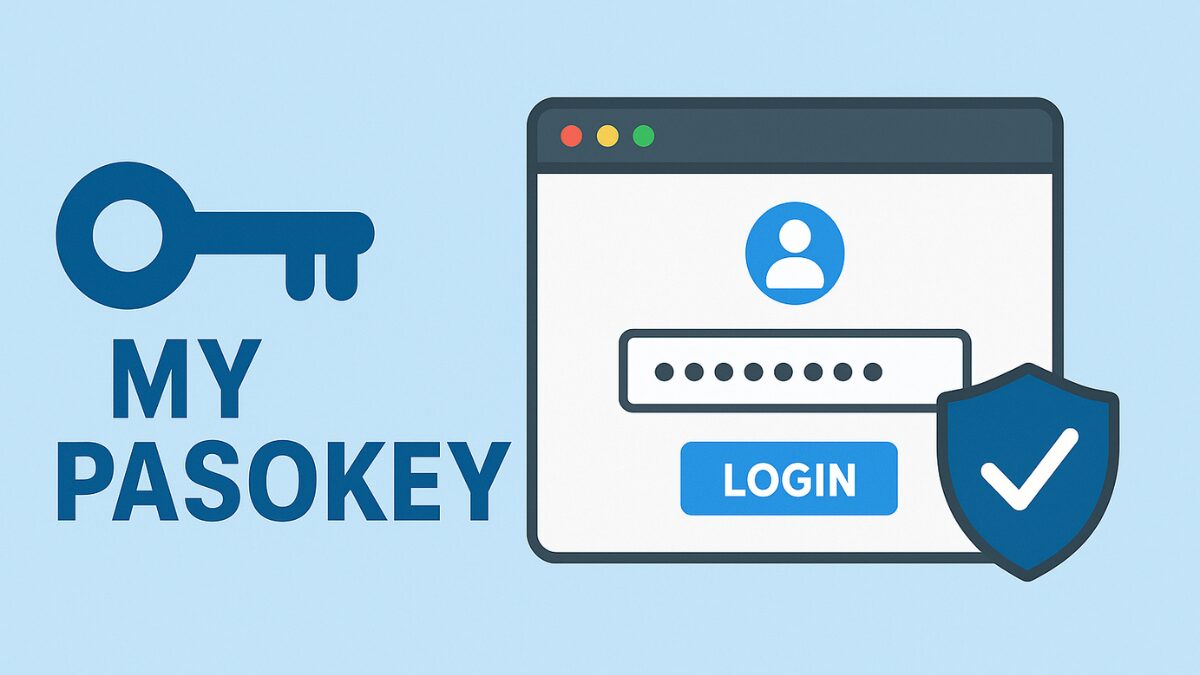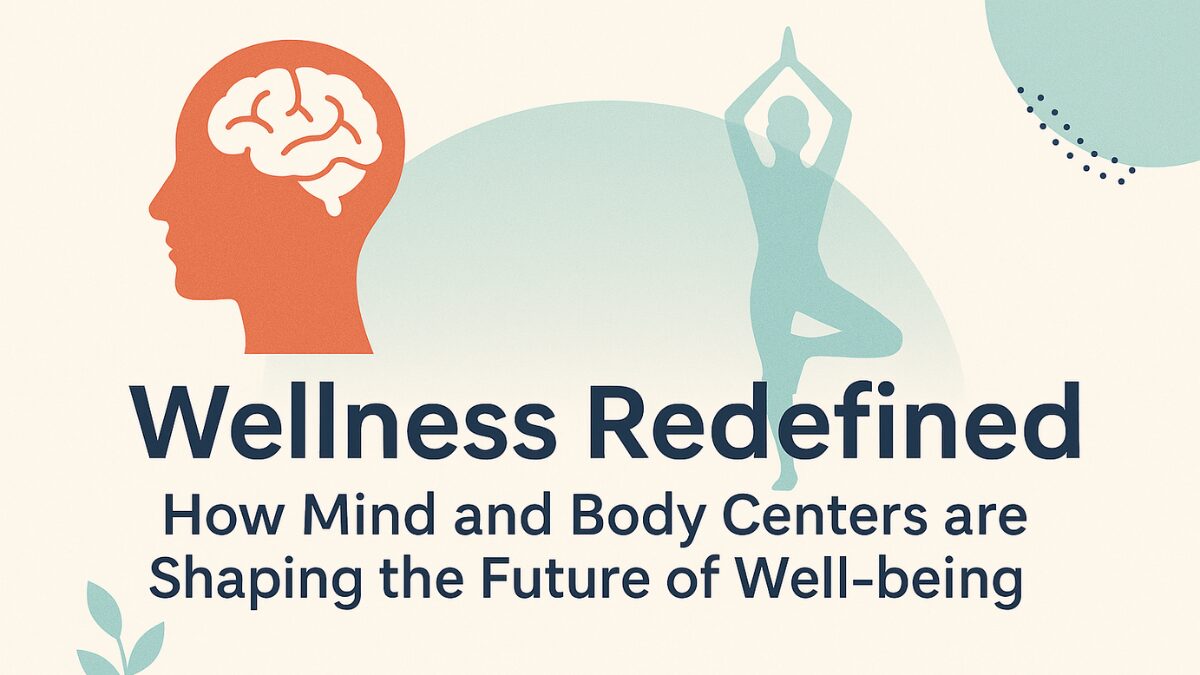Discover how sound medicine—through music, voice, and song—promotes emotional, mental, and physical healing. Learn about its origins, benefits, techniques, and scientific support in this detailed guide.
Introduction
Sound has always played a profound role in human life. From the rhythm of a beating heart to the lull of a mother’s voice, sound connects us to the world and to ourselves. In recent years, the field of sound medicine—which involves healing through music, voice, and song—has gained widespread recognition. It is now seen as a powerful complementary approach to traditional and alternative medicine. In this article, we will explore how healing through sound medicine works, its roots, its science, and how individuals can use it to promote physical, emotional, and spiritual well-being.
What is Sound Medicine?
Sound medicine refers to the intentional use of sound frequencies to influence the body and mind. It includes tools such as music therapy, vocal toning, singing, chanting, and specific sound frequencies that align with our body’s energy systems. These practices have been found to reduce stress, ease emotional trauma, enhance focus, and even support the healing of chronic physical ailments.
This method does not rely on medication but rather leverages the power of vibrational energy. Since every organ, bone, and cell in the body has a resonant frequency, sound can help restore balance when these natural rhythms are disrupted.
Historical Roots of Sound Healing
Sound healing isn’t new. Civilizations throughout history have used sound as a method of healing. In ancient Egypt, priests chanted in healing temples. Greek philosopher Pythagoras used harmonic frequencies to treat illnesses. Indigenous tribes from the Americas, Africa, and Australia have used drumming, chanting, and singing bowls in ceremonial practices for centuries.

In Indian traditions, the mantras of Sanskrit are said to have powerful vibrational properties. Similarly, Tibetan monks have used singing bowls for centuries to create harmonic resonance for meditation and healing.
How Does Sound Affect the Human Body?
The human body is made up of about 70% water, which is a good conductor of sound vibrations. When sound frequencies pass through the body, they create movement at a cellular level. This process is believed to activate the body’s parasympathetic nervous system—the “rest and digest” mode—helping reduce stress and inflammation.
Here are a few key ways that sound interacts with the body:
- Brainwaves: Specific frequencies can help the brain transition between states (Beta for alertness, Alpha for relaxation, Theta for deep meditation, Delta for sleep).
- Heartbeat Regulation: Rhythmic music can help slow down or stabilize heart rate.
- Hormonal Response: Music can stimulate the release of dopamine and oxytocin, promoting feelings of pleasure and bonding.
The Science Behind Sound Healing
Modern research supports the ancient wisdom of sound healing. Studies using brain imaging and biometrics have shown that sound and music can:

- Lower cortisol levels (stress hormone)
- Improve immune function
- Enhance memory and learning
- Reduce symptoms of anxiety and depression
A 2020 study published in the Journal of Evidence-Based Integrative Medicine demonstrated that sound baths using gongs and crystal bowls can significantly reduce tension and negative mood states.
Another well-known technique is binaural beats, where two slightly different frequencies are played in each ear. The brain creates a third tone that helps bring the listener into a specific brainwave state, useful for sleep, relaxation, or focus.
Forms of Sound Medicine
There are several ways to experience healing through sound medicine. Each method can be tailored to the individual’s needs.
1. Music Therapy
Licensed music therapists use structured musical experiences to address physical, cognitive, and emotional needs. This might include listening to music, songwriting, improvisation, or movement.
2. Singing and Chanting
The human voice is a natural healing tool. Chanting mantras, toning vowels, or simply humming can create internal vibrations that soothe the nervous system. The repetition of sound helps focus the mind and activate self-healing.
3. Sound Baths
A sound bath involves lying down and being immersed in sounds produced by instruments like crystal singing bowls, gongs, tuning forks, and chimes. These vibrations interact with the body’s energy field and promote relaxation and realignment.
4. Tuning Fork Therapy
Tuning forks calibrated to specific frequencies can be applied near or on the body. They are often used in acupuncture-like practices without needles, helping to stimulate meridian points and energetic pathways.
5. Binaural Beats and Solfeggio Frequencies
These are digital soundscapes that can influence brain activity. For example:
| Frequency (Hz) | Purpose |
|---|---|
| 396 Hz | Liberating guilt and fear |
| 528 Hz | DNA repair, transformation, and miracles |
| 639 Hz | Healing relationships and reconnecting |
| 741 Hz | Awakening intuition |
| 963 Hz | Connecting with higher states of consciousness |
Benefits of Sound Healing
Healing through sound medicine provides benefits that extend beyond simple relaxation. These include:

- Mental Health Improvement: Alleviates anxiety, stress, and depression
- Pain Reduction: Helps manage chronic pain through distraction and relaxation
- Improved Sleep: Helps induce deep sleep and reduces insomnia
- Increased Focus and Memory: Enhances cognitive performance
- Spiritual Connection: Deepens meditation and inner awareness
In holistic wellness, the synergy between sound, breath, and intention creates a potent healing combination that enhances one’s quality of life.
Who Can Benefit from Sound Medicine?
Sound healing is safe and suitable for most people, including:
- Individuals with high stress or anxiety
- People undergoing trauma recovery
- Children with developmental disorders
- Elderly individuals seeking cognitive support
- Anyone looking for spiritual or emotional balance
However, individuals with certain neurological conditions or hearing impairments should consult professionals before engaging in some sound therapies.
Incorporating Sound Healing into Daily Life
You don’t have to attend a professional session to experience sound medicine. Here are some accessible ways to use sound for self-healing:
- Morning affirmations or chanting: Start the day with vocal expressions of positivity.
- Listening to healing frequencies: Platforms like YouTube and Spotify offer tracks in Solfeggio or binaural tones.
- Singing in the shower or car: Your voice is one of the most powerful healing instruments.
- Playing an instrument: Even simple instruments like a ukulele or drum can bring joy and peace.
- Nature sounds: Birds, water, wind, and other natural rhythms have profound calming effects.
The Role of Intention in Sound Healing
One of the most vital components of healing through sound is intention. It is believed that the emotional and spiritual intent behind a sound amplifies its effect. Whether you are singing a mantra or striking a singing bowl, the intention you place on the sound shapes its energy.

Combining sound with meditation, mindfulness, or breathwork increases its potency. This integrative approach supports not only emotional release but also personal transformation and deep inner connection.
FAQs about Healing Through Sound Medicine
1. Can sound healing replace conventional medical treatment?
No, it should be used as a complementary practice alongside conventional treatment, not a replacement.
2. How long does it take to feel the effects of sound therapy?
Some people feel benefits instantly, while others may require several sessions to notice significant changes.
3. Is sound healing safe during pregnancy?
Gentle sound therapy like soft music and vocal toning can be safe, but loud or intense vibrations should be avoided without medical advice.
4. Can children benefit from sound medicine?
Yes, children often respond well to music therapy, especially those with ADHD or autism spectrum disorders.
5. What instruments are best for beginners in sound healing?
Crystal singing bowls, tuning forks, and even your own voice are great starting points.
6. Do I need to be musically trained to practice sound medicine?
No, the practice is more about vibration and intention than musical skill.
7. Are there any risks in sound therapy?
Generally, it’s safe. However, individuals with epilepsy or auditory sensitivities should proceed with caution.
8. Can I use sound healing for chakra balancing?
Yes, different frequencies and tones correspond to the body’s energy centers (chakras) and can help balance them.
9. What is the difference between sound healing and music therapy?
Music therapy is conducted by licensed professionals and often structured; sound healing can be more intuitive and spiritual.
10. Is there scientific proof that sound can heal?
Yes, research shows sound impacts brainwave patterns, hormone levels, and emotional states, contributing to healing outcomes.
Conclusion
Healing through sound medicine: the power of music, voice, and song is not just a poetic phrase—it’s a real and impactful practice grounded in both ancient wisdom and modern science. Whether you’re singing a lullaby, listening to a sound bath, or meditating with frequencies, sound can help realign your body, calm your mind, and elevate your spirit.
By incorporating sound into your daily life with mindful intention, you can tap into one of the most accessible and transformative healing tools available today. As the world rediscovers the magic of vibration, the ancient art of sound medicine is now more relevant than ever for a healthier, more harmonious life.










